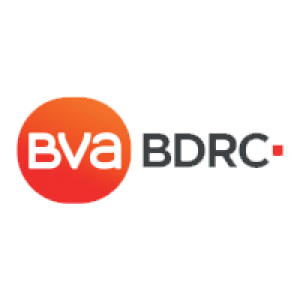Firstly, how are we defining Third Culture Kids (TCKs)? There are several definitions, but it is generally assumed to be children raised in a culture other than their parents’, or a different country to that named on their passport. This is usually during the formative period of their childhood, hence exempting parents from this definition.
Within the BVA BDRC international school survey, we defined TCKs as children holding passports different to the country of closest identity to the family – a blend of both parts of the definition, which we will call ‘Third Culture Families’ (TCFs).
Within the BVA BDRC annual Brand Equity Study and the New Parent Survey, we found exactly the same figure – 22% of international schools in Singapore have TCKs or TCFs.
Two key factors are driving growth in TCFs – firstly, more mixed marriages as a by-product of the global economy and increasingly open-minded societies. Secondly, and specific to Singapore, is the desire for expats to settle in the country. This can range from adopting Singapore citizenship (helpful for visa-free travel and avoiding taxes in home countries), and expats staying in Singapore far longer than they intended. Political and economic uncertainty in home countries (e.g. UK / Europe) can discourage a return home, whereas lifestyle and financial benefits encourage people to stay in Singapore. Some choose to set up their own businesses when their corporate contract ends.
But how does this impact the choice of schooling? Some parents might adopt the local Singapore school system, which can have impressive academics and good discipline. But Singapore is very well served by a range of international schools. Within our surveys, we looked at how the 22% of TCFs in our sample differ from other families.
How are Third Culture Families (TCFs) different?
Firstly, they are more digital. Across the spectrum, parents will talk to others to get recommendations on international schools, TCFs rely less on word-of-mouth and do more research of schools online, e.g. through digital search and news media. They also have a higher recall of school advertising through digital channels, making them easier to reach – 47% of TCFs found out about their chosen school through internet searching versus 29% for all other parents.
TCFs tend to be more from within Asia itself, with 39% of fathers being Asian expats versus 23% of the overall school population, and 36% Asian mothers versus 20% overall.
Fewer parents have their international school fees paid for by their employers (8% versus the 17% school average). Maybe they are therefore more likely to send their children to more low-cost international schools or be open to considering the ‘budget international school’ option.
However, their expectations of schools are still high – they are more likely to chose schools for their STEM provision, those with a wider range of CCAs, and schools with multi-language provision. But they are less likely to choose schools for a national cultural identity, probably because as a family they are less aligned to any one specific culture anyway.
While Third Culture Kids have many advantages in life, e.g. often growing up in a more wealthy, cosmopolitan environment than most children, their lack of national identity and sometimes an inability to sustain long term relationships can lead to a sense of insecurity. While parents are less likely to choose schools because of cultural affinity, those schools more closely aligned with specific nations can bring a sense of stability to the child, and a connection to the country of their ultimate chosen identity.
The question is, which country?
Click here to read this article on BVA BDRC (Asia)


![[Guide] A Beginner’S Guide To School Apps](https://www.schoolhouse.agency/wp-content/uploads/2021/08/GUIDE-A-Beginners-Guide-to-School-Apps.png)



